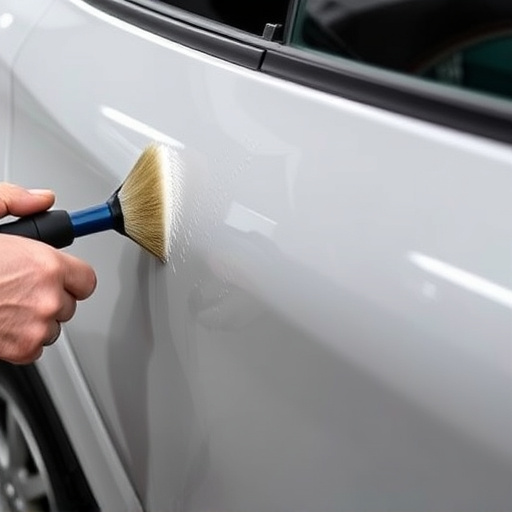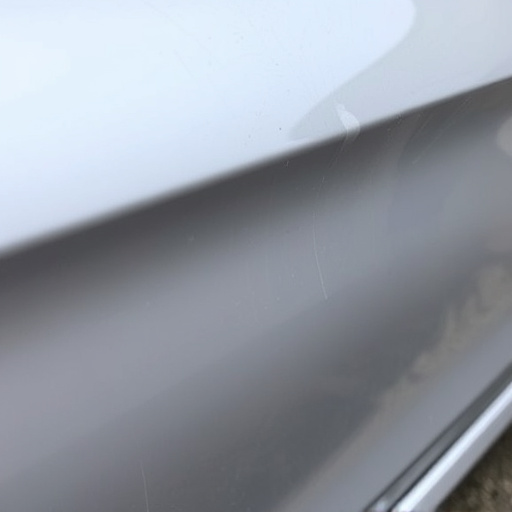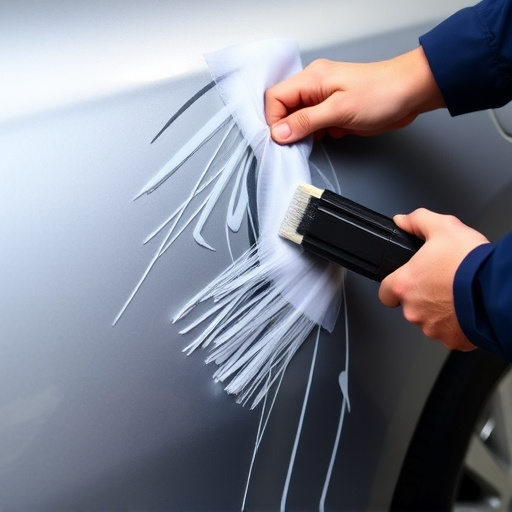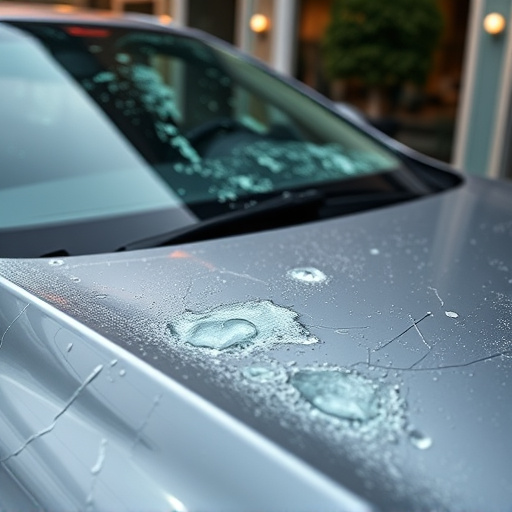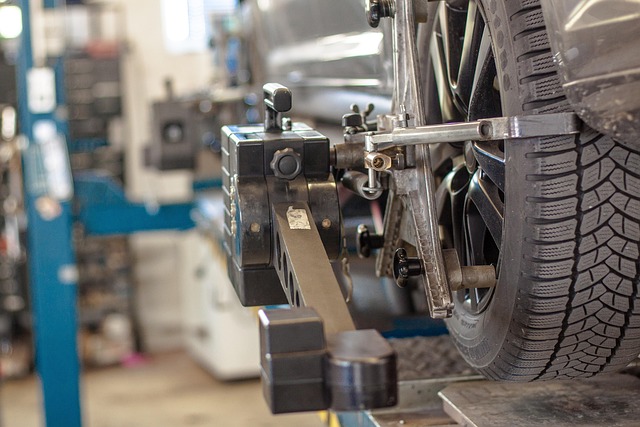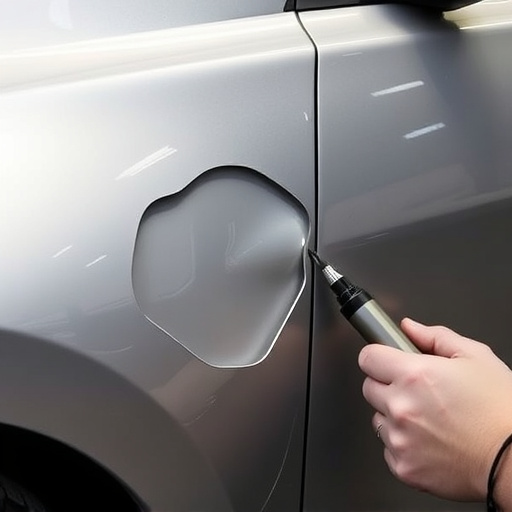Auto body restoration begins with a detailed assessment to gauge damage, followed by techniques such as dent removal and panel replacement for repair. Complex damages take longer, but modern tools like CAD speed up the process. Efficient restoration requires strategic planning, including material gathering, task prioritization, and scheduling considering drying times. Clear communication is vital for on-time completion in a competitive market where customers demand swift yet quality auto body restoration services.
“Unsure how long your auto body restoration project might take? This comprehensive guide breaks down the process and reveals the factors that influence timing. From initial assessment to final touches, understanding the auto body restoration timeline is key to managing expectations.
We explore the intricate steps involved, highlighting how conditions, complexity, and shop capacity affect completion time. Learn strategies to optimize your restoration, ensuring a swift return to the road with a vehicle that looks and performs like new.”
- Understanding the Auto Body Restoration Process
- Factors Influencing Restoration Time
- Optimizing Timing for Efficient Restoration
Understanding the Auto Body Restoration Process
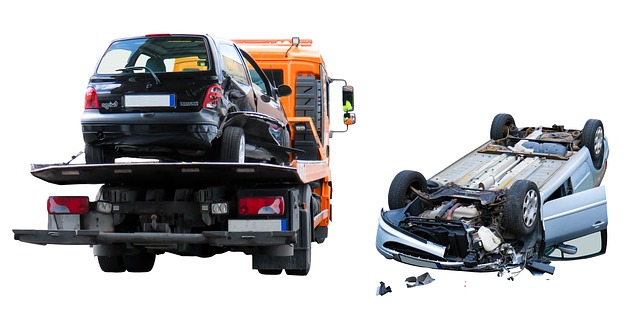
The auto body restoration process involves several intricate steps that transform a damaged vehicle into its former glory. It begins with an extensive assessment to identify the extent of the damage, including examining the exterior panels, frame, and various components. This initial phase is crucial as it determines the scope of work required in subsequent stages.
Once the evaluation is complete, skilled technicians employ specialized techniques such as dent removal and car damage repair. These methods ensure that any dents, scratches, or deformities are expertly corrected, bringing the vehicle’s exterior back to its pre-incident condition. Additional auto body services may include panel replacement, painting, and meticulous finishing to match the original specifications. The process demands precision, patience, and a keen eye for detail to create a seamless and visually appealing restoration.
Factors Influencing Restoration Time

The duration of an auto body restoration can vary significantly based on several factors. Firstly, the extent of damage sustained by the vehicle plays a pivotal role in determining the time required for repairs. Complex damages involving multiple panels, severe dents, or extensive paint work will naturally take longer than minor scuffs or simple touch-ups.
Additionally, the type of auto body restoration process employed influences timelines. Modern repair techniques, such as computer-aided design (CAD) and precision measurement tools, streamline the alignment and painting stages, reducing turnaround time compared to traditional methods. Moreover, the availability of specialized equipment for dent removal, paint matching services, and car paint applications can expedite the overall restoration process, ensuring vehicles are returned to their pre-accident condition in an efficient manner.
Optimizing Timing for Efficient Restoration

Optimizing Timing for Efficient Auto Body Restoration is a strategic approach that can significantly impact the overall process. By carefully planning and managing each stage, restorers can ensure a smoother workflow, minimizing delays and maximizing productivity. This involves assessing the scope of work, gathering necessary materials, and allocating resources efficiently. For instance, prioritizing tasks like car body repair and tire services early on can prevent subsequent hold-ups as these components often form critical paths in the restoration process.
Moreover, effective scheduling takes into account factors such as drying times for paint jobs, which require precise timing to avoid disruptions. Efficient communication among the team and clear task assignments are key to staying on track. In today’s competitive market, where customers seek swift yet quality auto body restoration services, optimizing timing is not just a best practice but a necessity to stay ahead of expectations.
Auto body restoration time varies based on vehicle condition, damage extent, and workshop capacity. Understanding these factors empowers car owners to make informed decisions and optimize their restoration journey. By prioritizing thorough assessment, efficient processes, and adequate resources, auto body shops can streamline the timeline, ensuring vehicles return to their pre-accident condition faster. Remember, efficient auto body restoration not only saves time but also preserves the vehicle’s value and ensures safety on the road.
